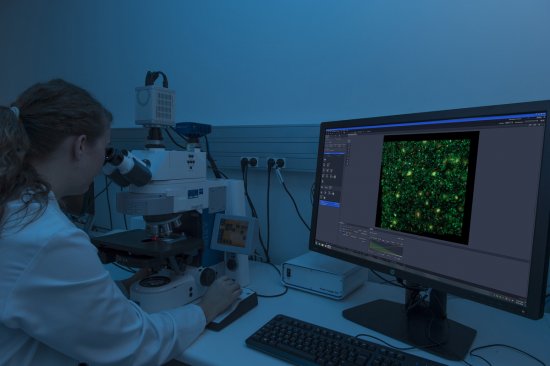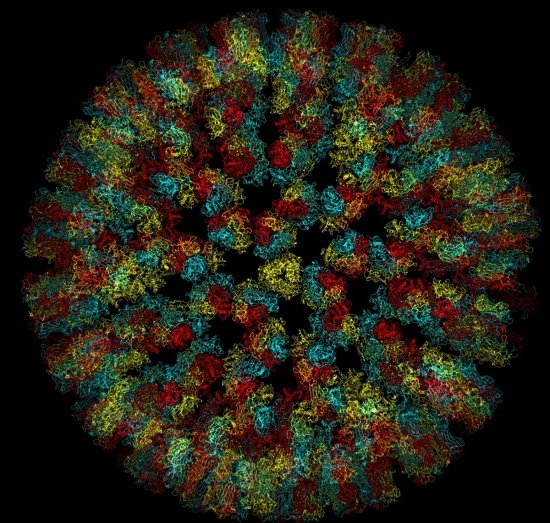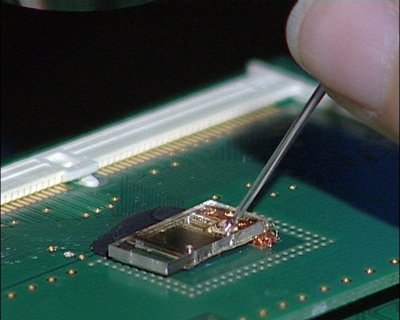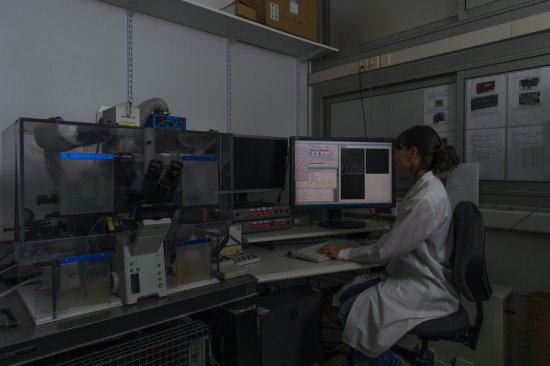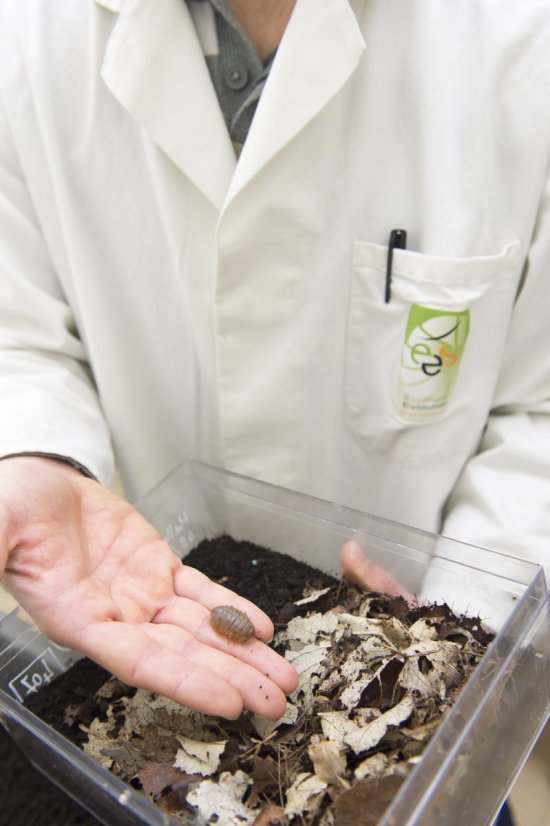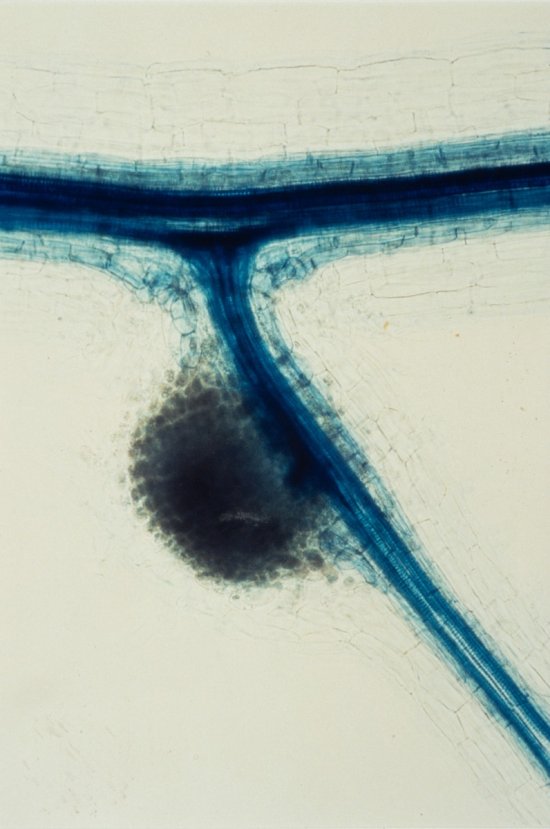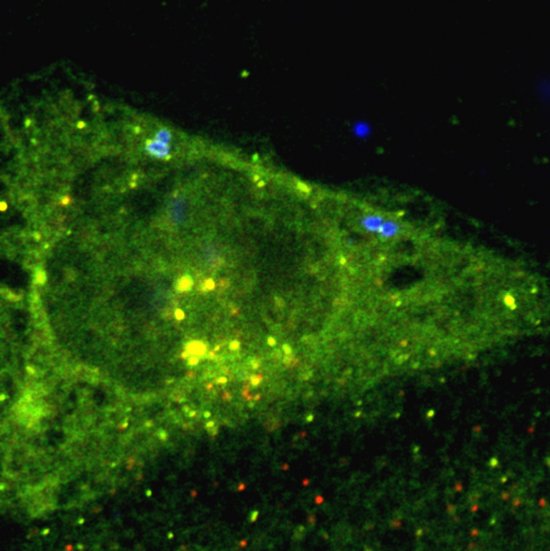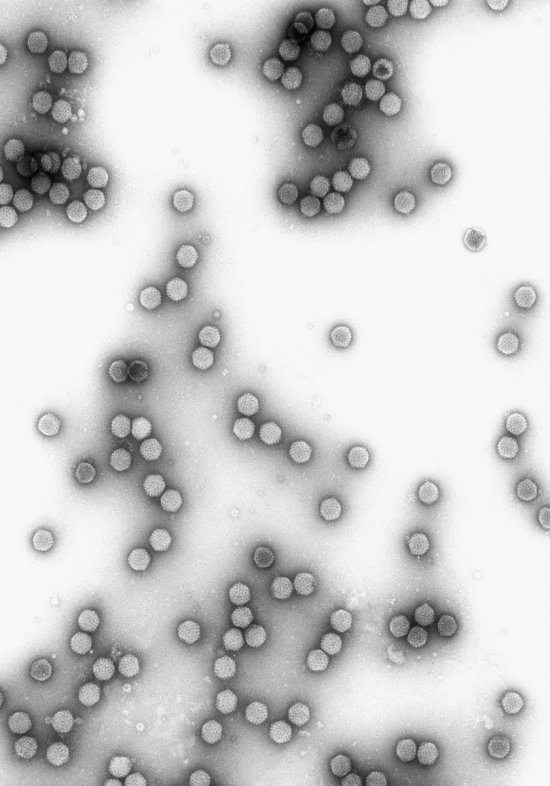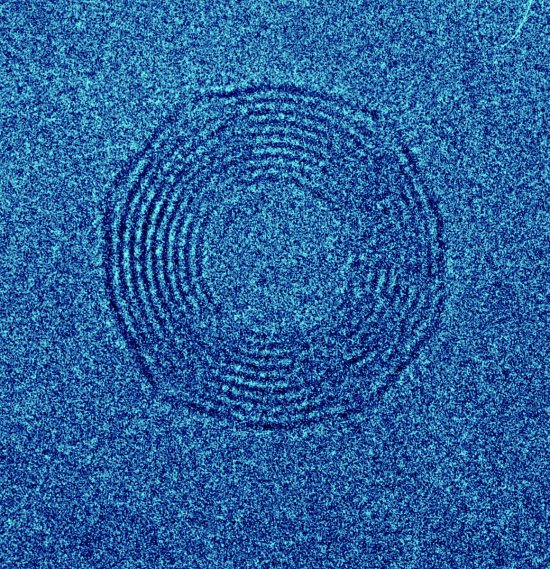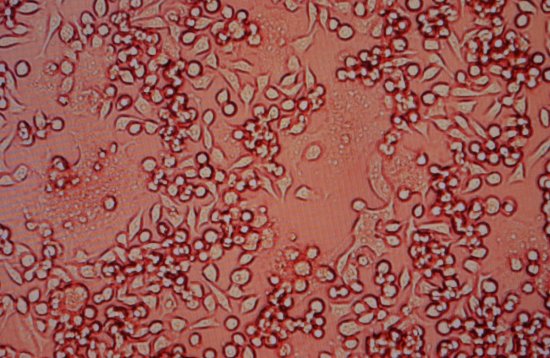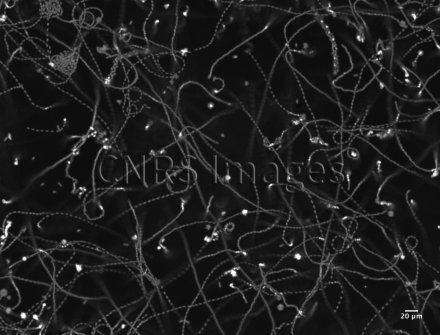
© Emeline REBOUD / CNRS Images
Reference
20170077_0001
Nage des bactéries monoflagellées "Pseudomonas aeruginosa"
Monoflagellated bacteria, Pseudomonas aeruginosa, swimming, observed using a fluorescence microscope. An analysis of the trajectories shows that bacterial swimming changes near surfaces and depending on the type of surface: abiotic or cellular. The bacterial pathogens responsible for nosocomial diseases often enter the human body via medical instruments such as catheters, probes or intubation equipment. Bacterial swimming along these instruments is an important factor in the penetration of these bacteria into the body. It also constitutes the first approach to the colonisation of tissue surfaces such as mucosae and the vascular endothelium. Studies on the physical parameters of bacterial swimming inform research on the movement of bacteria across large surfaces and the way in which they interact with the environment with a view to local colonisation.
The use of media visible on the CNRS Images Platform can be granted on request. Any reproduction or representation is forbidden without prior authorization from CNRS Images (except for resources under Creative Commons license).
No modification of an image may be made without the prior consent of CNRS Images.
No use of an image for advertising purposes or distribution to a third party may be made without the prior agreement of CNRS Images.
For more information, please consult our general conditions
